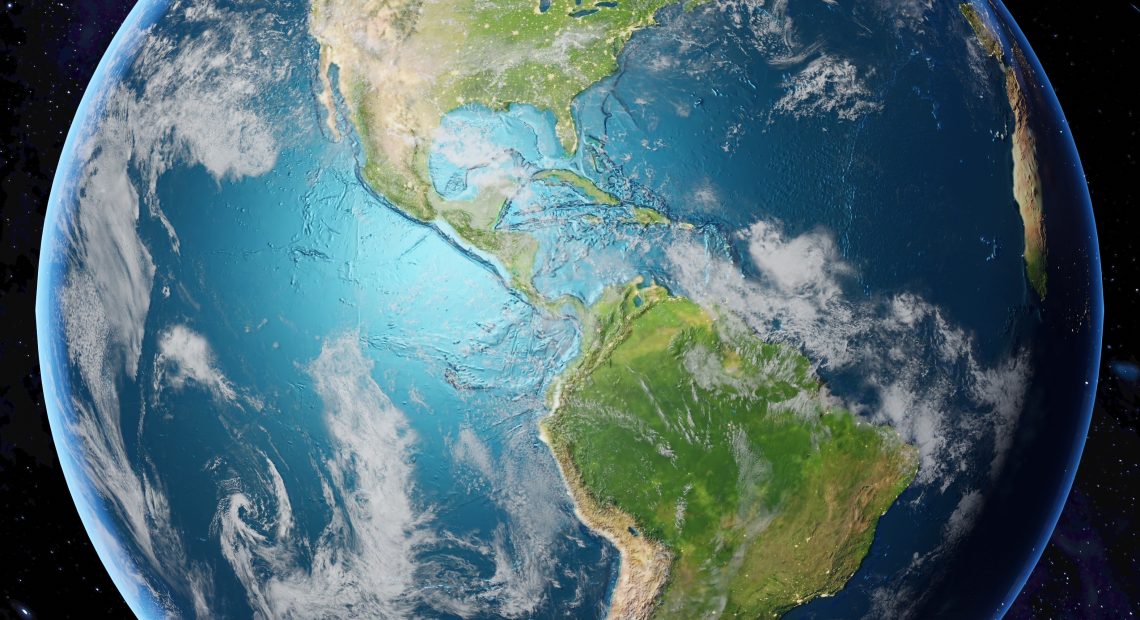
Earth’s Slowing Rotation Linked to Atmospheric Oxygen Increase
Recent research indicates that Earth’s gradual rotational slowdown may have significantly influenced the oxygenation of its atmosphere, a pivotal development for the emergence of complex life. Approximately 2.4 billion years ago, during the Great Oxidation Event, cyanobacteria—photosynthetic microorganisms—began producing substantial amounts of oxygen as a metabolic byproduct. At that time, Earth’s days were shorter, lasting about 18 hours. As the planet’s rotation decelerated due to tidal interactions with the Moon, days lengthened, providing cyanobacteria with extended periods of sunlight to perform photosynthesis, thereby increasing oxygen output.
This prolonged daylight allowed for more substantial oxygen accumulation in the atmosphere, creating conditions conducive to the development of aerobic, complex life forms. The correlation between Earth’s slowing rotation and rising oxygen levels offers valuable insights into the planet’s evolutionary history and the intricate interplay between geological and biological processes. Understanding this relationship enhances our comprehension of Earth’s past and informs the search for life on exoplanets, where rotational dynamics could similarly impact atmospheric composition and habitability.


















